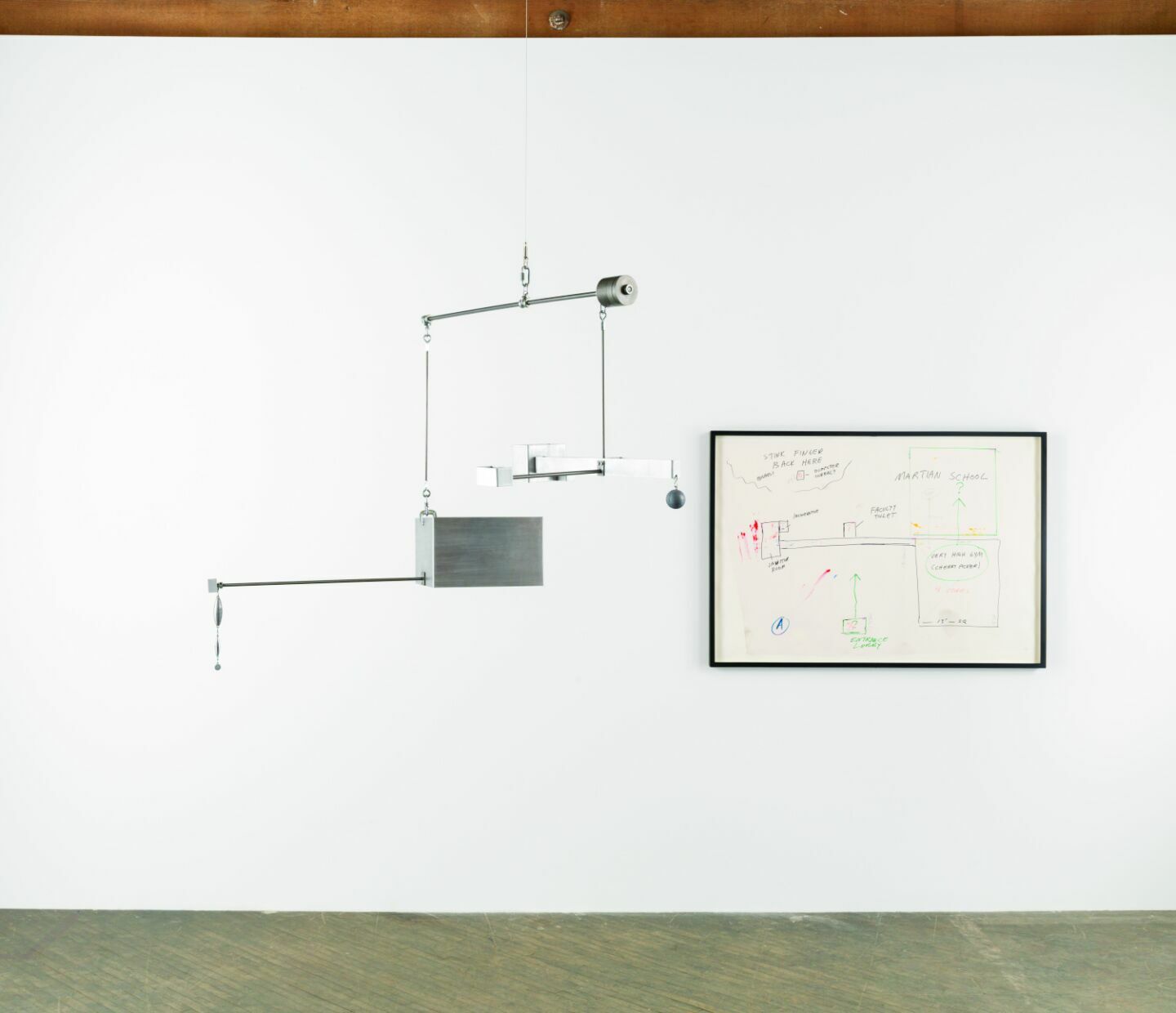Nonmemory
July 07, 2023
Beginning with his ‘Educational Complex’ (1995), and ending with ‘Mobile Homestead’ (2005-2013), the second half of Mike Kelley’s career was largely devoted to exploring the porousness of memory in relation to space, producing extraordinary fantasy structures and imaginary landscapes that manifested a new ‘psychic reality.’ Kelley’s architectural and environmental reformulations arose from what he called ‘non-memory’ of the various institutional spaces or built environments he encountered in his life, such as his childhood home and church, and every school he attended. Using Kelley’s concept of ‘Non-memory’ as a point of departure, Jay Ezra Nayssan, Founder and Director of Del Vaz Projects, has curated ‘Nonmemory,’ which opens 15 September at Hauser & Wirth’s Downtown Los Angeles complex.
‘Nonmemory’ brings together works by Mike Kelley and a group of artists – Kelly Akashi, Meriem Bennani, Beatriz Cortez, Raúl de Nieves, Olivia Erlanger, Lauren Halsey and Max Hooper Schneider – whose work shares a similar concern with the titular phenomenon, surveying various structural and institutional systems for gaps and voids and rendering them into new forms. For Mike Kelley and these artists, playing with the role of memory as it posits our perceptions of space and place, offers opportunities to re-imagine and recreate reality. Whether constructing new and imagined spaces with conventional materials or ‘warping space’ with new methods and technologies, the artists in this exhibition use space as the repository for dreams, fantasies, traumas, and anxieties in order to transform the past into new portals of collective reckoning and regeneration.
